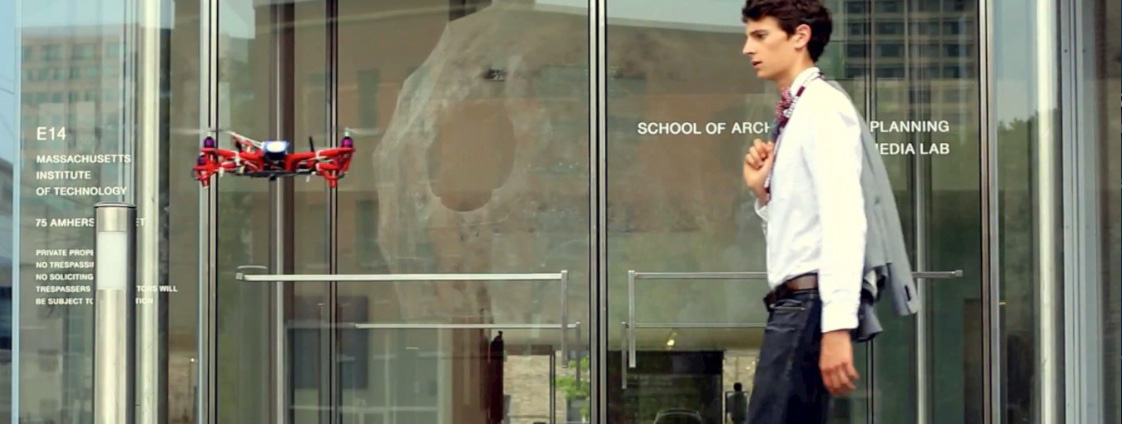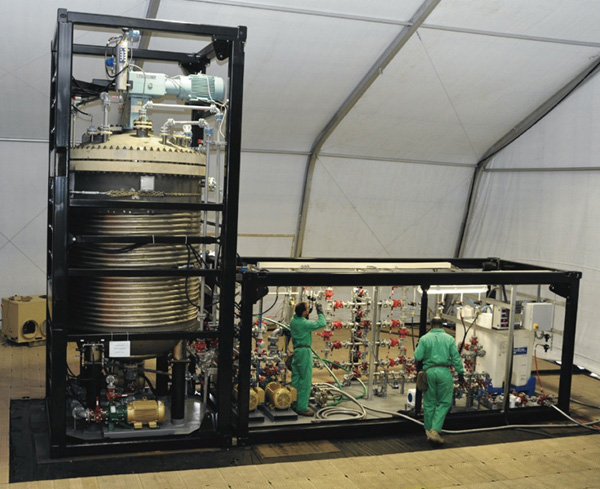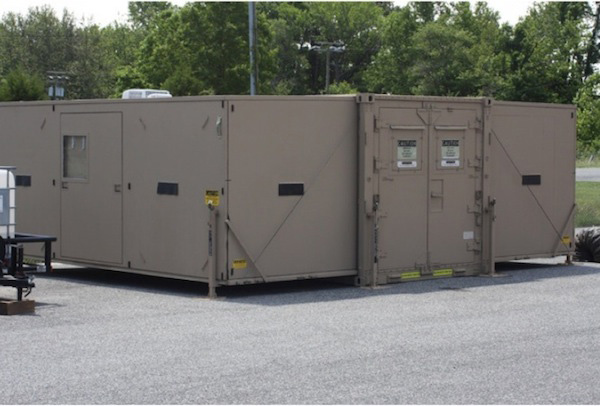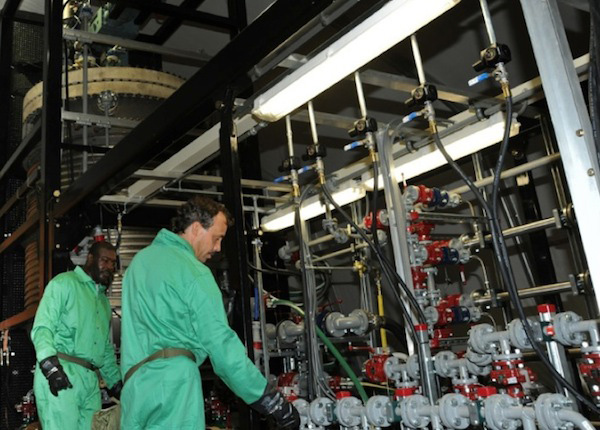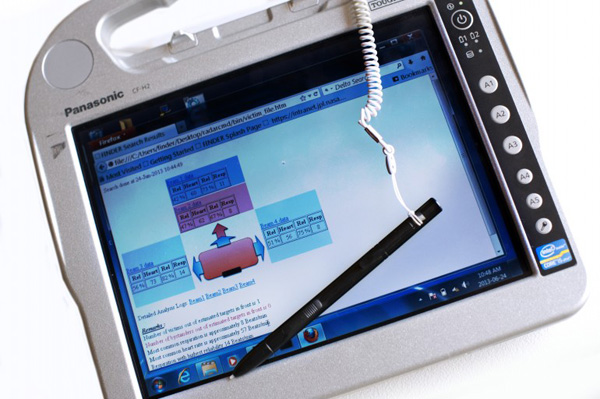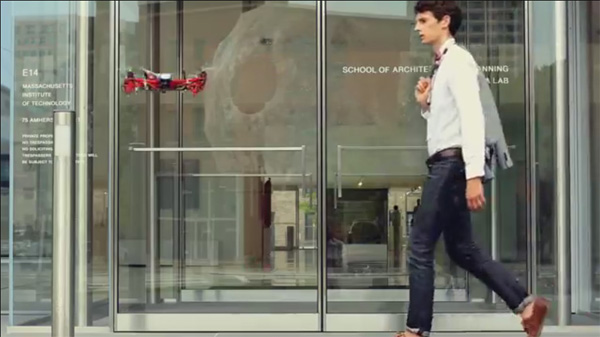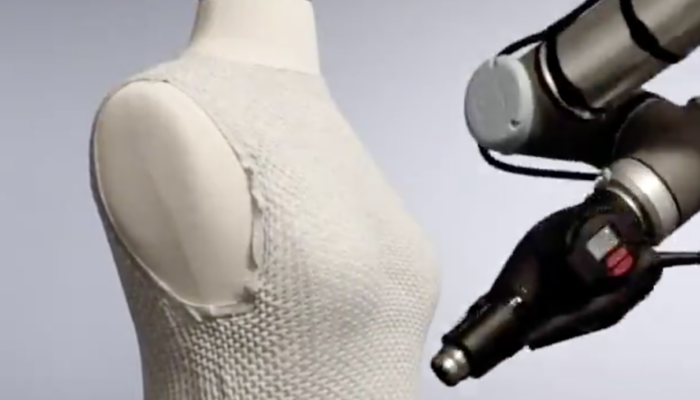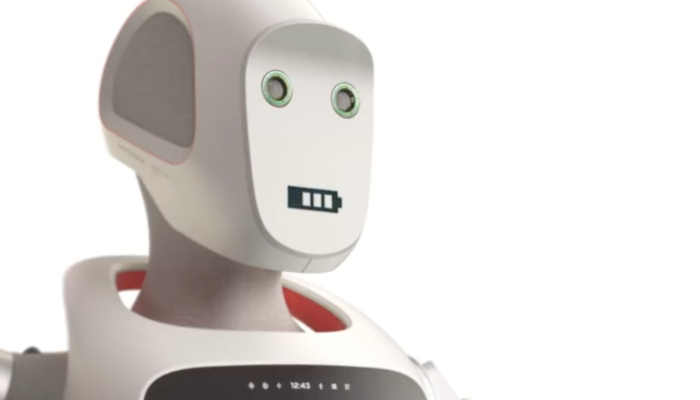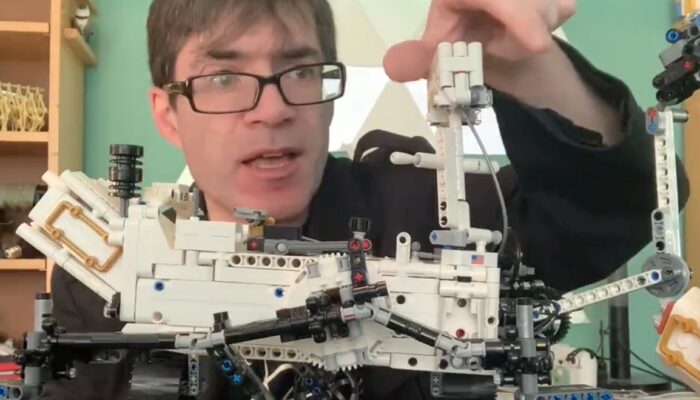This week’s focus is on new innovations in rescue as we look at the latest developments spanning the areas of military conflict, natural disasters, and the confusion of everyday life.
Mobile Lab Invented To Consume Syria’s Toxic Chemicals
Defusing a bomb can take several tense hours, but neutralizing a chemical nerve agent like sarin or mustard gas involves many worrisome years. Syria doesn’t have the facilities to do it themselves, so if diplomacy wins out and access is given, it will be up to other countries to send in the technology and staff needed to destroy the alleged gas stockpiles.
This past June the US Army Edgewood Chemical Biological Center completed work on a new portable lab that can be quickly deployed anywhere in the world and destroy 99.9 percent of a toxic agent, processing up to 25 metric tonnes each day.
It’s called the Field Deployable Hydrolysis System (FDHS) and has the equivalent of several buildings packed into 20-foot modular containers. Every component has been re-designed to start-up quickly, cables have been customized for fast installation, and the whole operation unpacks like a rock concert within ten days. Once running it will take three hours to complete a load, with shifts of fifteen staff members working around the clock, 24/7.
There’s two issues. The FDHS doesn’t destroy the chemicals so much as convert them into compounds that can’t be used as weapons. It’s a system that produces 14 times the toxic waste it begins with, but thankfully can be processed the rest of the way at the commercial waste facilities Syria does have.
The second is that the FDHS can’t deal with chemicals that have already been packed into munitions as weapons. That pants-wetting combination of poisonous gas and explosives is likely to be left up to the Japanese who have developed the technology to handle it, but can only process one munitions shell at a time, very slowly.
No matter where they come from, the men and women who take on the task will have to contend with the distractions of a civil and potentially international war, the presence of staff from multiple countries and interests, and independent inspection teams as they settle into a living style where they must avoid fatal moves every day and night for months, if not years.
Trapped Under Rubble, NASA Will Find You By Your Heartbeat
Far too often our headlines are filled with the distressful confusion of collapsed buildings, earthquakes, and tornados where search and rescue teams can spend days following misleading trails of scents and sounds for those trapped beneath the wreckage.
NASA’s Jet Propulsion Laboratory, the team behind the Mars Curiosity Rover, have used their expertise in radar systems to develop a portable scanner that can pick out the very feint, but unique patterns of a heartbeat and the rise-and-fall of a person’s breathing. This creates a system that can find people even if they are unconscious.
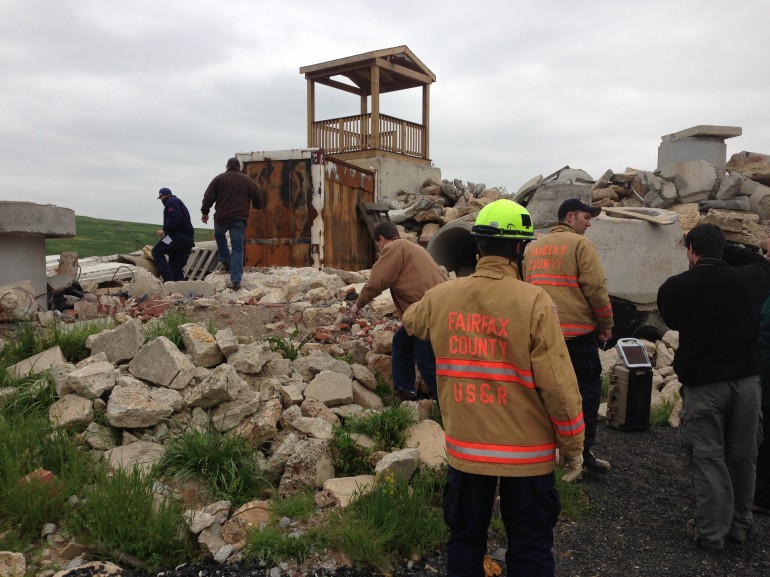
It’s called Finding Individuals for Disaster and Emergency Response (FINDER) and will detect those who are trapped beneath 20 feet of concrete or through 30 feet or crushed materials. Out in the open it has a range of 100 feet.
The US Department of Homeland Security Science & Technology Directorate has been working on the idea for awhile and brought in NASA when they realized that the twisted, shattered surfaces that make up wreckage can play havoc with radar, bouncing it’s signals back as a difficult noise to make sense of.
Together, both organizations have produced a rugged, tablet-like prototype this past June that has a 14-hour battery life and connects to antenna and supporting systems through USB. For now it can only tell you if a living person is present at a site, but a future version is planned with a locator to precisely pinpoint where they are too.
As you may expect, the FINDER won’t replace the use of canines, cameras, or listening devices, but instead is designed to work with those techniques and allow rescuers to use every resource at their disposal. Hopefully FINDER will make the work go faster.
Let This MIT Drone Be Your Guide
In the middle of a confusing landscape researchers at the MIT Senseable City Lab think it might be helpful to have a flying robot buddy show you the way. This year a number of the university’s students were given just that to help them navigate the school’s campus.
When activated using a smartphone app the SkyCall service sends out a self-flying quadcopter that uses GPS to locate your position. It then hovers overhead and speaks to you through your smartphone (using the voice of Montreal-born Nazanin Nayini).
Once you’ve chosen your destination it takes the lead, using GPS again to make sure it always keep you close behind, talking and interacting with you like a tour guide as it points out details and helpful information on the places you pass.
Quadcopters have four rotary blades, giving them excellent stability and control. The SkyCall model can move along both outside and inside buildings. A built-in camera allows it to snap photos to collect information for the SkyCall service, but users can also tap into it’s feed and activate the drone to give them a batter view of items on the tour.
Once you arrive at your destination, it flies off with a “goodbye” and heads back to its charging station to prepare for the next call.
Lead by inventor and educator Carlo Ratti, the SkyCall team has yet to share any details on how well the project is working so far, but have released this entertaining demo video to show you the ideal they’re chasing.
Unfortunately the term UAV Drone brings with it an assiocation with military drone strikes and uses to bring about death. Ratti and his team hope to show that the potential for such copters to sense their environment and interact with people can introduce more positive and beneficial uses. The student tests will become the case study for new versions of SkyCall to tackle other kinds of confusing urban places.

